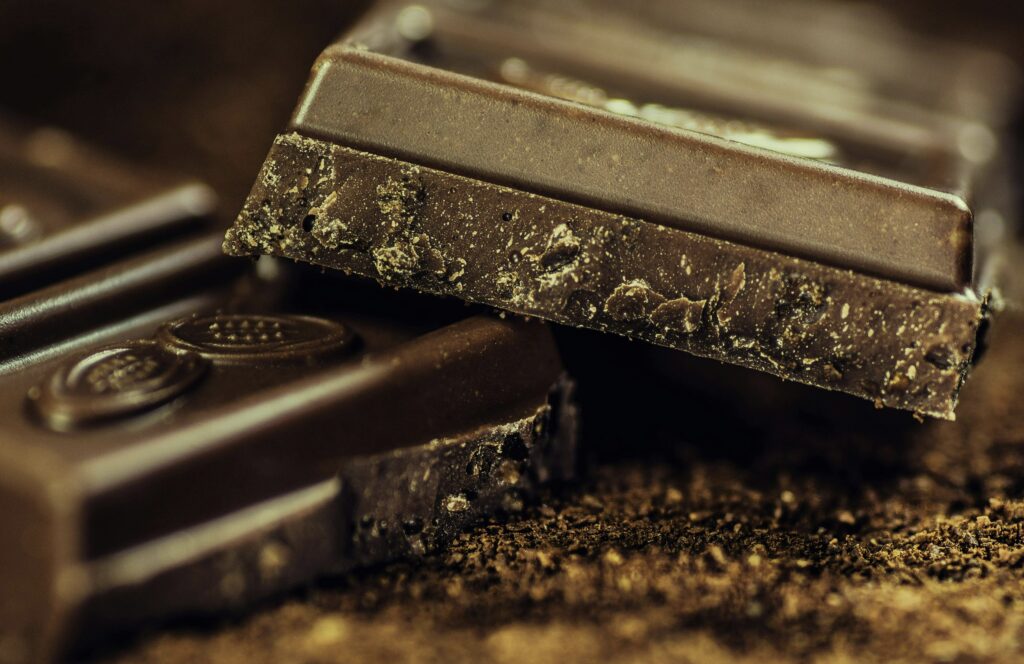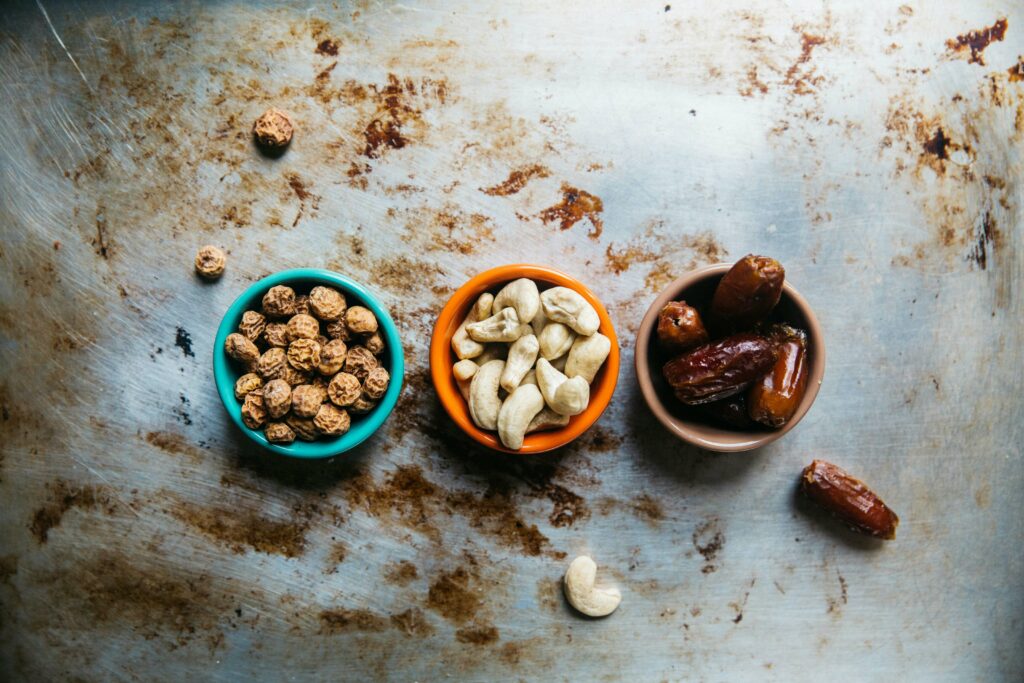When was the last time you ate an avocado?
Last night with your bun-free burger, perhaps? Or this morning, smashed on a slice of buttered sourdough with two poached eggs? You might even be eating one now, spooning its oily flesh straight into your mouth, smugly savouring the micronutrient bump.
RELATED: here are 10 supposedly “healthy” foods you should NOT be eating
You wouldn’t be alone. Last year, sales of avocados surged over 15 per cent in Australia. Globally, more photos of avocados were pinned on Pinterest than any other food. It’s official: avocados, along with other fatty treats such as coconut oil and peanut butter, are having a moment.
And they’re ruining your six-pack.
RELATED: these 10 health-enhancing foods should be on your plate
Next came the paleo-pushers, who eschewed grains in favour of nuts, seedsand as much flesh as they could forage from the Woolies meat fridge.
Fat’s newly bloated popularity came about due to a triumvirate of triglyceride trumpeters. First, the scientists. A study in the New England Journal of Medicine showed those on a low-carb diet lost more weight than those on a low-fat plan. A raft of similar studies confirmed it: carbs were out, fat was back.
Next came the paleo-pushers, who eschewed grains in favour of nuts, seeds and as much flesh as they could forage from the Woolies meat fridge.
And finally, an army of Instagram “experts” began drowning their zucchini pasta in coconut oil, making #avocado a more popular hashtag than #blacklivesmatter.
The message was clear: if you want to lose weight, ditch the carbs and chew the fat.
Yet, gram-for-gram, fat is far and away the most calorific macronutrient. For every gram of protein or carbohydrate that passes your lips, you consume 17kJ. For every gram of fat, it’s 38.
Take that burger – lose the brioche bun (775kJ) and replace it with halloumi, bacon and avo, and you’ve just gobbled a net increase of 1465kJ. Yes, avocado is loaded with vitamin E and potassium but each one also packs 1250-odd kilojoules. Nutrient-rich, sure. Weight loss-friendly, not quite.
Likewise, if you think scooping a spoonful of coconut oil (480kJ) and one of butter (418) into your Bulletproof coffee will rid you of your love handles, you’ve got another chin coming.
Ultimately, weight loss relies on maintaining a kilojoule deficit – burning more energy than you consume. And the best way to do that is through hard-won sweat. The tougher your workout, the more energy you use, the more fat you burn. And then comes the fuel.
Not fat, which your body can’t break down quickly enough to harness for energy, but good old- fashioned carbs. Don’t get me wrong, coconut oil’s high smoking point – 177°C versus olive oil’s 160°C – makes it a healthier option for your frying pan. The selenium in your walnut-based snack bar is vital for cognitive function. And avocado, the faddiest fatty food of them all, is as versatile as it is nutrient- dense. So eat your healthy fats.
Just remember, if weight loss is your ultimate goal, the most important thing you can exercise is portion control. And be sure to take all those #eatclean #avotoast pics on Instagram with a pinch of salt.
















